Vietnam's mark in modern dam design and construction
In the 1980s, when the country was still in turmoil after the war, the economy had just escaped from subsidy, the Vietnamese irrigation industry faced a big question: continue to depend on imported technology or find its own way?
At that time, most of the large dams in the country were designed based on foreign models, which were both costly and difficult to adapt to the complex geological and climatic conditions of Vietnam, where the ground was weak, the dry season was short, and there were heavy rains and floods. Vietnamese engineers chose a more difficult but more sustainable path: mastering the technology, designing and constructing themselves, using domestic materials, intelligence and creativity. That was a turning point for an engineering industry that was once likened to "the profession of governing the country in a harsh natural environment".

The spillway of Dong Mit reservoir is controlled by hydraulic cylinder.
Building a dam is not just about pouring concrete to block a stream. It is a combination of geology, hydrology, materials, mechanics, automation and even… the art of engineering. A modern dam must keep water safe, waterproof, regulate the flow and be durable against wind and rain. Any small error can cause the dam to leak or collapse.
Previously, Vietnam often used traditional concrete technology: pouring each block, waiting for it to dry before pouring the next layer. This process was long, labor-intensive and very prone to cracking when the weather changed. Therefore, approaching roller-compacted concrete (RCC) technology was considered a breakthrough. This type of concrete has low moisture content, is spread in thick layers and then compacted with a vibrating roller, similar to compacting soil, thereby shortening the progress and reducing costs by 25 - 30%.
At the Son La Hydropower Project, the volume of compacted concrete reached more than 2 million m³ - a regional record at that time. Hydraulic engineers calculated the mix and manufactured compactors suitable for the humidity and climate of the mountainous region. Thanks to that, the first generator set was put into operation months ahead of schedule. This was not only a technical achievement but also a source of pride for Vietnam's self-construction and self-design capacity.
From this success, RCC technology continued to be localized for a series of other projects such as Dinh Binh, Dong Mit, Nuoc Trong, Tan My... The characteristic of irrigation dams is that they must be absolutely waterproof to retain water all year round. For that reason, the irrigation industry has further improved by using fly ash from Pha Lai and Nghi Son thermal power plants as a heat-reducing additive to prevent cracking. At the same time, roller compaction is operated 24/7 to take advantage of the dry season in the Central region for a few months and take advantage of local materials to reduce costs.

Cai Lon - Cai Be irrigation system.
Besides RCC, Vietnam also masters CFRD technology - concrete-faced rockfill dam. This type of dam has a main body made of rockfill, the upstream surface is covered with waterproof concrete slabs. The advantages of CFRD are flexibility, taking advantage of local materials, fast construction, and low cement consumption. But the most difficult thing is to ensure that the concrete slab does not crack when expanding with the weather.
This is an opportunity for Vietnamese intellectuals to be creative: adding polymer additives to increase flexibility, combining PVC sliding membrane to allow concrete to expand and contract freely. This solution was first applied at Nuoc Trong Lake ( Quang Ngai ) and then expanded nationwide.
The era of digital operations
In the past, irrigation systems were operated mainly by experience, opening the sluices when the water rose, and pumping when the drought was over. But in the past 20 years, research institutes and universities have completely changed that story with mathematical models that can “predict the behavior” of water.
Hydrological and hydraulic models such as MIKE, HEC-RAS, SWAT, and localized GIS systems allow simulating the flow path, calculating water levels, salinity, and even the risk of drought in each climate scenario. In simple terms, engineers have “taught” computers to understand the language of rivers, so that people can make decisions faster and more accurately.
Thanks to that, the management agency can simulate floods, calculate saltwater intrusion, and optimize reservoir operations in real time. The digital map system of river basins is continuously updated. The control center can forecast floods 5-7 days in advance, helping people in downstream areas know in advance to evacuate, and reservoirs know when to hold or release water. Vietnam, a country that was once passive in the face of natural disasters, is now proactive in responding with technology.

SCADA system at Dau Tieng Lake.
Perhaps the most typical milestone for the “digital operation era” is the Cai Lon - Cai Be complex in An Giang, which is considered the “water regulating heart” of the West Hau River region. The complex of 11 sluice gates with a total water width of 455m, a 15m wide boat lock, all operated by hydraulic cylinders and automatically controlled via the SCADA system - a technology commonly found in European power plants.
What is special is the control software, Vietnamese interface, salinity sensor, water level... developed by the Vietnam Institute of Water Resources. More than 90% of the equipment is manufactured domestically, proving that Vietnam not only imports technology but also creates its own technology. Here, every time the salinity rises, the sensor system automatically sends a signal, the center receives the command and the sluice closes in just a few minutes. When fresh water returns, the gate automatically opens, ensuring irrigation for hundreds of thousands of hectares of rice and crops.
From the Cai Lon - Cai Be platform, thousands of pumping stations, culverts and reservoirs across the country have been integrated with the SCADA system. Data on water level, salinity, pH, and turbidity are transmitted to the center every 15 minutes, creating a real-time monitoring network.
Vietnam currently manages more than 7,000 reservoirs, 100,000 km of canals and 10,000 pumping stations. But the most valuable thing is not the numbers but the fact that each project contains data and operational knowledge. Operation centers can now calculate the amount of water needed for agricultural production, balance between power generation, domestic use and flood prevention, something that only relied on experience a few decades ago.
In the context of increasingly extreme climate change, the connection between infrastructure, data and people becomes key. When a storm forms offshore, forecasting systems can send early warnings, reservoirs can be ready to lower water levels to accommodate flooding, and people downstream can be warned hours in advance.
From hand-drawn drawings and manual water level gauges 80 years ago, Vietnam has entered the era of reservoir management by satellite and sensors. If the previous generation "opened the water by human power", today, Vietnamese engineers control the water with intelligence. Each dam and pumping station is now not simply a technical project but a declaration of the creative capacity and bravery of the country that has been challenged by the harshest nature in Southeast Asia.
Source: https://nongnghiepmoitruong.vn/cong-nghe-lam-nen-ban-linh-80-nam-thuy-loi-viet-nam-d783572.html


![[Photo] Deep sea sand deposits, ancient wooden ship An Bang faces the risk of being buried again](https://vphoto.vietnam.vn/thumb/1200x675/vietnam/resource/IMAGE/2025/11/13/1763033175715_ndo_br_thuyen-1-jpg.webp)





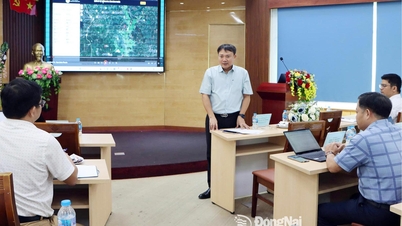







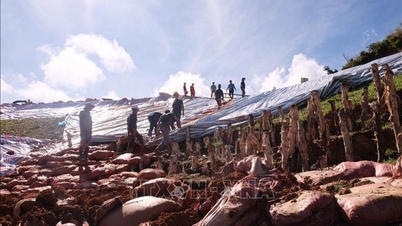

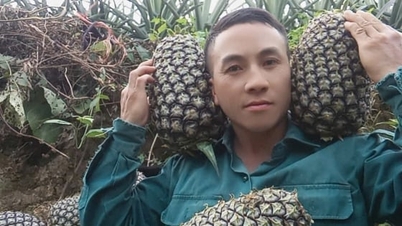


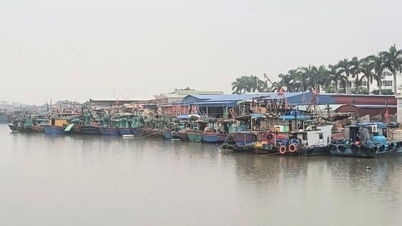

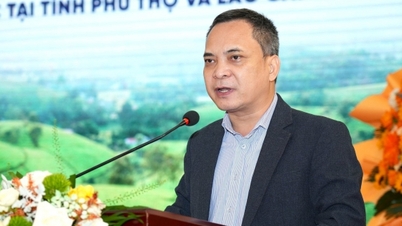





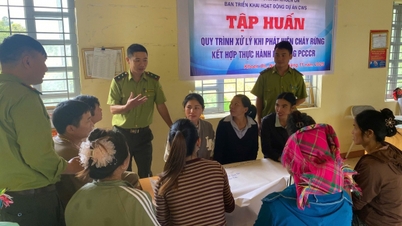
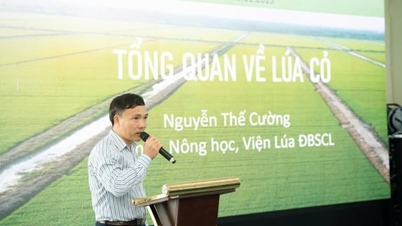
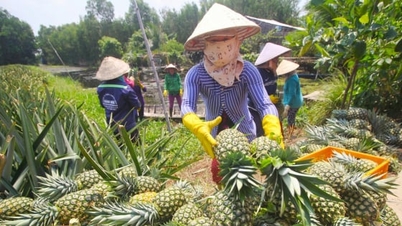
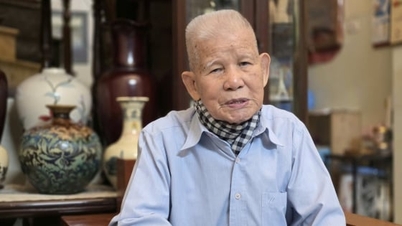
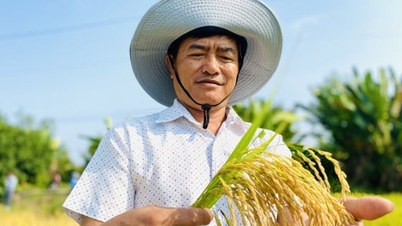






































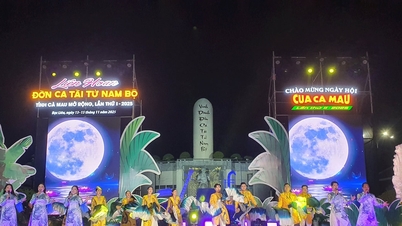





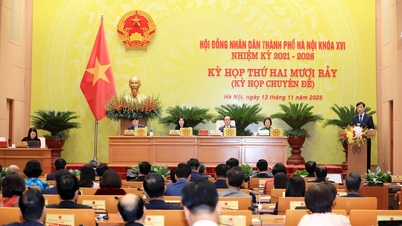










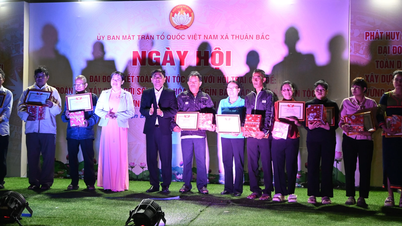

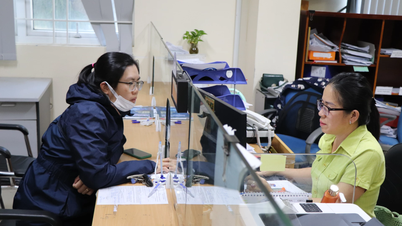





![Dong Nai OCOP transition: [Article 3] Linking tourism with OCOP product consumption](https://vphoto.vietnam.vn/thumb/402x226/vietnam/resource/IMAGE/2025/11/10/1762739199309_1324-2740-7_n-162543_981.jpeg)



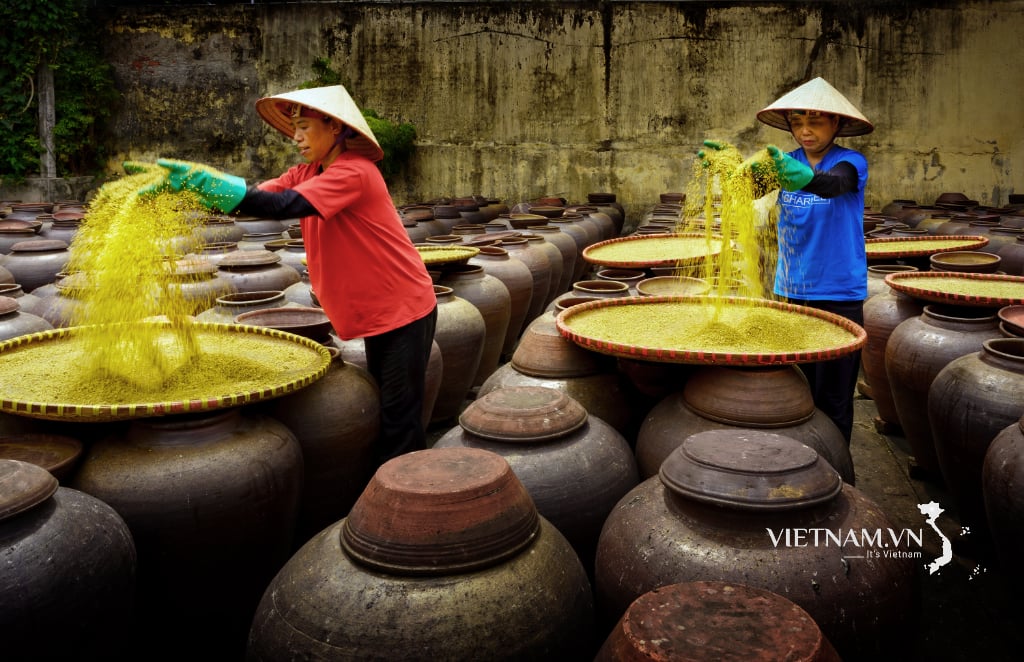


Comment (0)